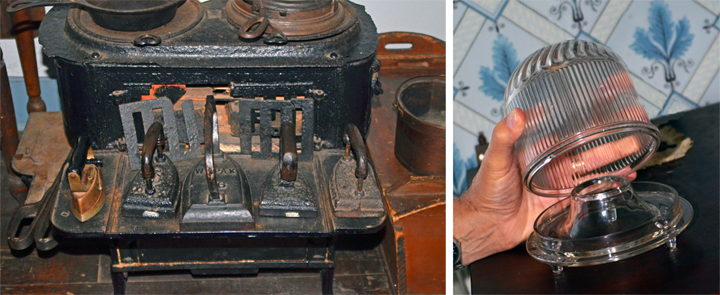 The collection of irons as well as that so very unique antique glass fly trap!
The collection of irons as well as that so very unique antique glass fly trap! The Antique-Lover in Me I grew up with antiques. My mother loved them, as did her mother before her. So, I've seen antiques my whole life. As soon as you enter the Hanby kitchen, there are so many unique and interesting period pieces. Some people may never have seen butter molds before. You can see one at this house, but that wasn't anything new. (I own three of them.) The wood-burning stove in the center of the kitchen had several metal irons that would heat up there. However, I had that kind of iron when I was in the Peace Corps. (I don't ever want to own one of them again!) My favorite antique, one which I'd never seen before, was a glass fly trap. Imagine a plate on three legs with a hole in the middle. Around the hole is a little trough for honey or sweetened water. Then, place a glass bee hive over the plate. Those pesky flies smell the sweetness and come up through the hole in the bottom. But, sorry for those little suckers, they never find their way out. (I'm on the lookout for one of these.)
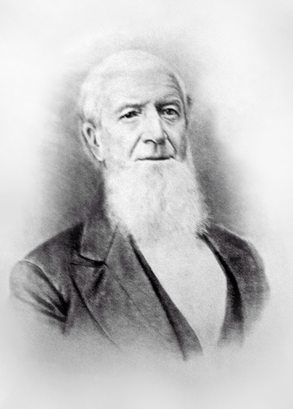 William Hanby, drawn by his granddaughter Minnehaha
William Hanby, drawn by his granddaughter Minnehaha When he was 16, William decided he wanted to work as an apprentice/indentured servant learning the saddler's trade. It might have been a good trade for the young man, but it was in a horrible situation. His employer, Jacob Good, didn't live up to his last name. Good treated William no better than a slave. Eventually in 1828, three years into the five-year apprenticeship, Hanby decided his future would be better if he fled to Ohio and started his new life there. He climbed from a second-story window and made his escape. .......
It was a dangerous move to escape the apprenticeship. If caught, he would have had no more rights than an escaped slave. But, the kindness of strangers along the way helped Hanby on his journey. He would never forget the experience. And, it would direct his steps for the rest of his life.
Hanby lived briefly in Zanesville and then made his way on to Rushville, Ohio, where he found employment as a saddler with the Samuel Miller family. In 1830, when he earned enough money to pay back what he owed Jacob Good, he returned to Pennsylvania to settle his debt. Good still didn't live up to his name. He had Hanby put in jail. Fortunately, a judge freed him and the debt was settled.
Then, back in Ohio -- broke but happy -- he returned to the Miller family where he became a partner in the family saddle business. But, our young William found more than saddles and harnesses there. He found Samuel Miller's daughter, Ann, and they were married in 1830. However, Ann had to agree to become the wife of a minister. William, a devote Christian in the United Brethren Church, traveled a circuit as an itenerant minister for about four years. It took him four weeks to travel the 170 miles of his route. Eventually, he moved on to Circleville, Ohio, (near my mural at Walnut Elementary School) where he became the editor of the Religious Telescope, a newspaper run by his church.
In 1845, William Hanby was elected bishop in the United Brethren Church. In 1847, along with Lewis Davis, Hanby co-founded Otterbein University in Westerville. It was one of the first colleges in the United States that was founded as a coeducational institution and also one of the first to open up to students of color. Go Cardinals! William moved his family to Westerville. They bought the current home/museum in 1854. William Hanby served as a local minister, ran a saddler business in the family barn, and eventually became a financial agent for Otterbein University.
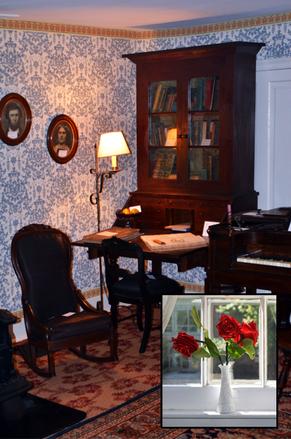 The very colorful parlor with flowers in the window
The very colorful parlor with flowers in the window The docent added a little tidbit that I'd never heard of before. She said that heating the home in the winter left a bit of a smoky film on the wallpaper. They used a substance sort of like Silly Putty to daub the wallpaper and remove the film. There were two other women on my little tour and one of them remembered doing that when she was a child. It took all my willpower not to exclaim, "Wow! You're really old!"
The parlor included some portraits drawn by William's granddaughter, Minnehaha "Minnie" Hanby Jones. (Actually, they were really well-drawn! I'm a little bit of a portrait snob. If something wasn't right, I'd see it and not approve. They were very good.) And then, there were flowers in the window. It wasn't just because Ann Hanby liked the flowers she grew in her yard. No, William Hanby was very active with the Underground Railroad. The flowers had a very special significance. If a window had three roses in it, it declared to the community that there were currently three run-away slaves there (most likely hiding in the saddle shop). It was an open secret shared by the entire community of Westerville. When flowers were spotted in a window, those who could help the Hanby's brought food or blankets. If anyone didn't support the run-away slaves or Hanby's actions, they never reported him. Nobody would dare turn in a respected minister in the community. That would never be forgiven.
 Africa Road has changed considerably since the 1850s.
Africa Road has changed considerably since the 1850s. Over the years, William Hanby worked with many people who believed as he did to support run-away slaves. This included Lewis Davis from Otterbein College. Hanby took very seriously the words from Joshua 25:15 "Choose you this day whom you will serve, but as for me and my house, we will serve the Lord." His closest ally and friend in his abolitionist fight was his own son, Benjamin. Of course, Benjamin grew up with his father's teachings on the evils of slavery. But, the deal was set in stone for young Benny when he went with his father on a trip to Kentucky and actually witnessed slavery first-hand at a slave auction.
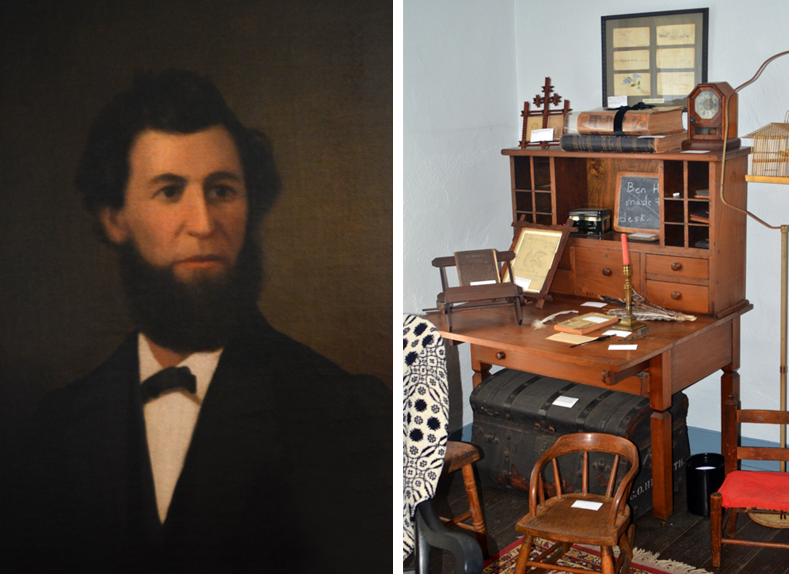 Benjamin Russel Hanby as well as his very well-made desk that would look so good in my home
Benjamin Russel Hanby as well as his very well-made desk that would look so good in my home
The horrors of slavery had a lasting effect on the young composer. When Benjamin was a sophomore at Otterbein, he penned the song Darling Nelly Gray, written from the point of view of an escaped slave. As the story goes, it was inspired by events in the life of nine-year-old Benjamin when a run-away slave, Joe Selby, stopped at his home in Rushville, Ohio, on the way to Canada. Joe was dying of pneumonia and would never make it to freedom. He would never be able to rescue his Nelly Gray, who had been taken from him the day before their wedding and sold to another slave owner in Georgia. The ballad became a favorite of the anti-slavery movement as well as the Union Soldiers during the Civil War.
Benjamin sent the music for Darling Nelly Gray to a publisher and never heard from them. He figured that it landed in that great waste paper basket in the sky where most unsolicited manuscripts go. (Sadly, I know all about that experience.) But, Benny's song didn't go there! The publisher printed the music and it became a huge hit. When Ben learned about this and contacted the publisher a second time, they said they "lost his address". That sounds an awful lot like "the dog ate my homework". Both expressions are usually lies. The publisher sent the young composer 12 copies of the music and called it even.
Of course, Ben wanted the royalties for his music. The publisher wrote, "Dear Sir: Nelly Gray is sung on both sides of the Atlantic. We have made the money and you the fame -- that balances the account."
I would have sued the publishers or, at the very least, sold them into slavery!
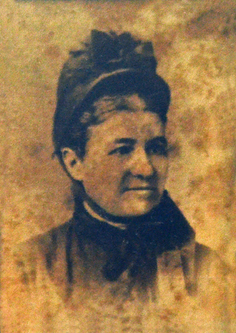 Amanda Hanby Billheimer
Amanda Hanby Billheimer And, just another tidbit of history includes their daughter Lulu. She married Reuchlin Wright. You most likely haven't ever heard of him, but everyone knows his brothers, Orville and Wilbur. In Lulu's journals, she wrote about flying as a passenger in Orville's plane. Orville gave her strict orders not to touch anything! She followed his orders and very well may have been the first female in flight.
As for the composer, Ben, he is credited with writing about 80 songs in his career. You may be like me and never heard of Darling Nelly Gray, but there is another one of his songs that almost everyone knows. Ben had a singing school in New Paris, Ohio. One Christmas season, he decided to write a sing-along for a performance in nearby Richmond, Indiana. He called the song Santa Claus, but most of us know it as Up on the Housetop! If you look over the lyrics, you'll see "Little Will", named after his brother William. Little Will would have been about 17 when the song was written, attending Otterbein University at that time.
You may also ask, "Where in the world is New Paris, Ohio, and why did they name it after the capital of France?" Well, I looked it up and it is on the Ohio/Indiana border, not so far from Cincinnati. It was actually named after Paris, Kentucky, just outside of Lexington. That town was named after the French capital in honor of their help in the American Revolutionary War. Now, to come full circle, when I lived near Paris, the original one in France, I created a set of Christmas ornaments on rhea eggs. The set combined a little bit of America (with my favorite Christmas song when I was a child) and a little bit of Europe (with scenes from Antwerp, Belgium, including Santa in front of the main window at the train station as well as a skyline view of the city). It's my hope that now that these ornaments are back in the United States that they could possibly be used in a Christmas exhibition at what is now my favorite local museum.
Ho! Ho! Ho! Who Wouldn't Go to see that exhibit?



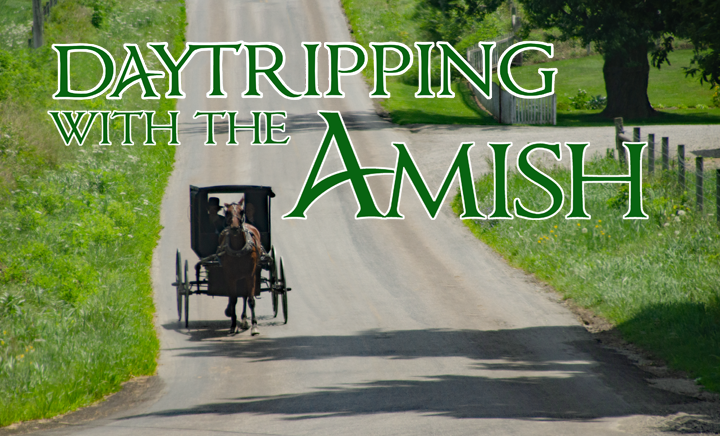

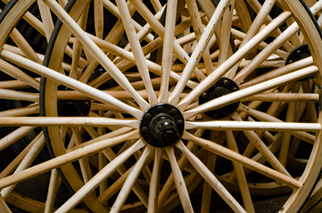
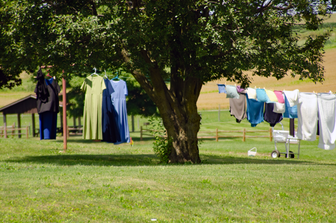
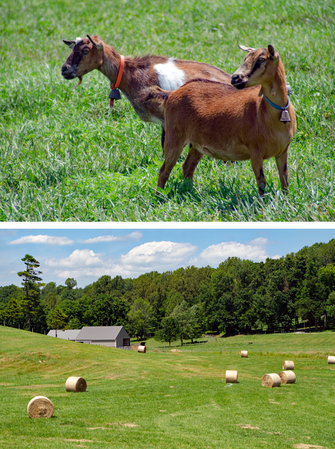
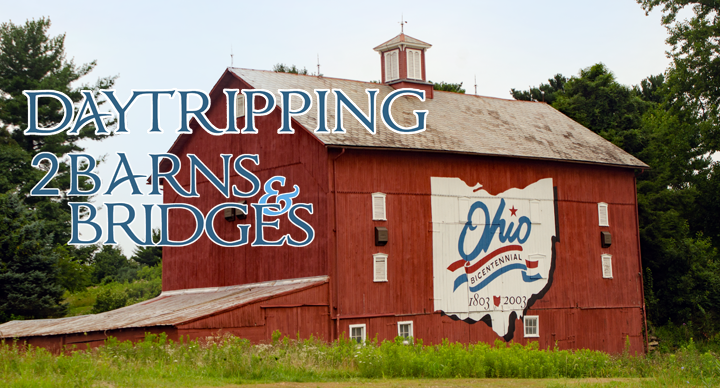
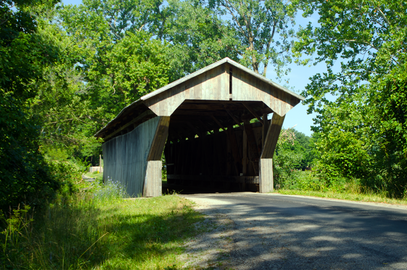
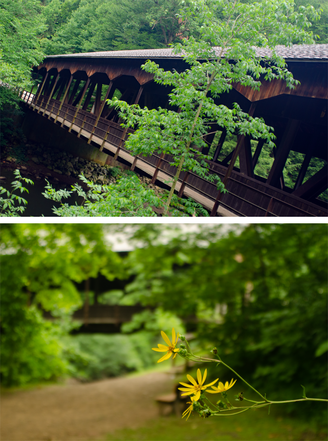
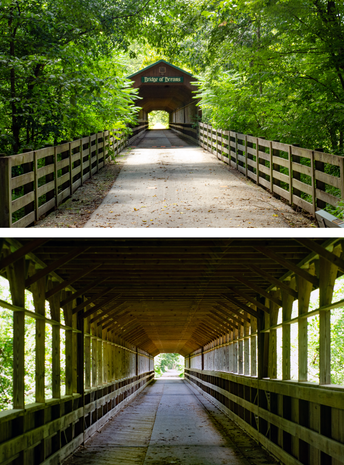
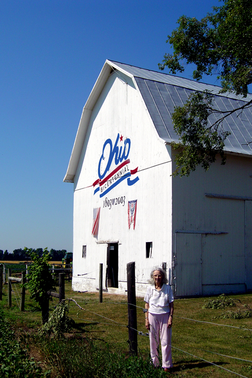
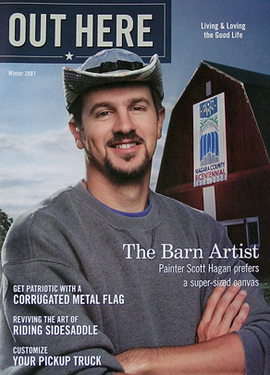
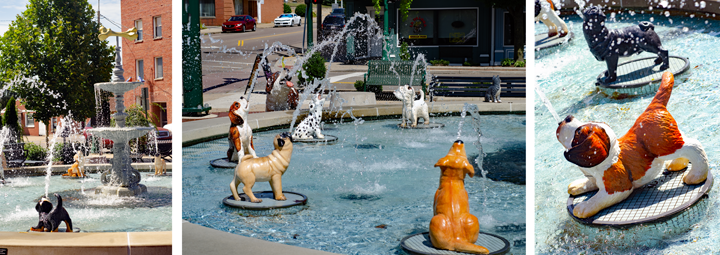
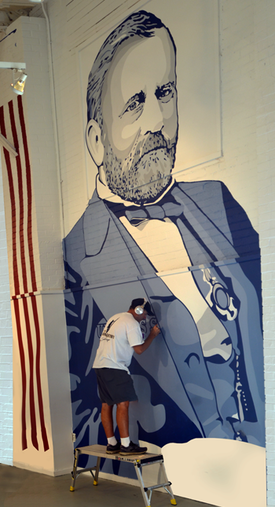
 RSS Feed
RSS Feed